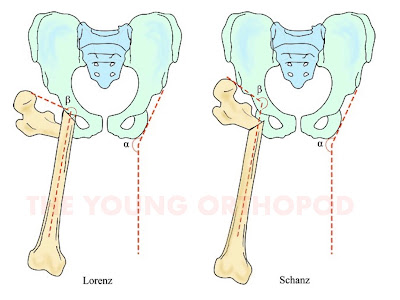An osteoclast is a type of bone cell that resorbs bone tissue . This function is critical in the maintenance and repair of compact bones in the mammalian skeleton. Kolliker discovered osteoclasts in 1873 . An osteoclast is a large multinucleated cell and human osteoclasts on bone typically have five nuclei and are about 15 0-200 μm in diameter. In bone, osteoclasts are found in pits in the bone surface, which are called resorption bays, or Howship's Lacunae. Osteoclasts are characterized by a cytoplasm with a homogeneous, "foamy" appearance. This appearance is due to a high concentration of vesicles and vacuoles. These vacuoles include lysosomes filled with acid phophatase. This permits characterization of Osteoclasts by their staining for high expression of tartrate resistant acid phosphatase (TRAP) and cathepsin K . Osteoclast rough endoplasmic reticulum is sparse, and the Golgi complex is extensive. Osteoclasts, large irre




